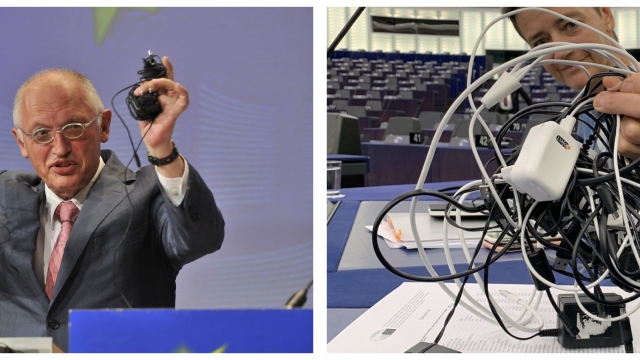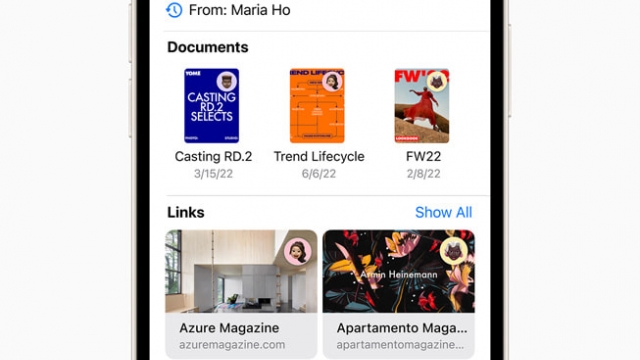The Complete Guide to iPhone Factory Reset

If you want to restore the factory state of your iPhone, you will need to perform a factory reset. This article will show you how to do it using iTunes or by restoring from an iCloud backup. However, before you begin, it is important to back up all of your data. In order to do that, you should use the methods in Parts 1 and 2. In addition, it is recommended that you backup your phone before performing a factory reset.
Restoring iPhone to factory state
If you are looking to sell your iPhone or want to refresh its memory for better performance, you may want to try restoring your iPhone to its factory state. You will have to backup all your personal data on your iPhone before performing this operation. However, you should keep your old settings and apps just in case your iPhone has some serious problems.
You can restore your iPhone by pressing the “restore” button. Then, you’ll be prompted to confirm your action. After confirming, your iPhone will be back to its factory state. Once the restore is complete, you’ll be able to use your iPhone the way you left it.
To restore your iPhone to factory state, you must be connected to a computer with an iTunes account. To do this, open iTunes and connect your iPhone to the computer. While this is not ideal, it can save you a lot of trouble in the future. Before you begin, make sure your iPhone is locked into recovery mode.
Connect your iPhone to your computer using the USB cable. To restore your iPhone to the factory state, make sure you’re using the latest version of iTunes. Make sure you’re connected to iTunes so that it will recognize your iPhone. Next, enter your passcode and click Trust This Computer. Wait a few moments for the computer to save the data.
Once your iPhone is connected to your Mac, you’ll need to enter your Apple ID password to complete the process. It will take a few minutes for the process to complete. When it’s done, you’ll be asked to slide to Setup. From there, you’ll be prompted to choose between restoring your iPhone from backup or setting it up as new.
Steps to perform a factory reset
If your iPhone is having problems, it might be time to do a factory reset. Most iPhone glitches happen toward the end of a phone’s life, and a simple reset should fix the problem. Follow the steps below to get started. First, back up your phone. Next, remove all accounts from the phone. Tap the Settings app and select General, then tap Reset. When prompted, enter your Apple ID password and PIN code. After that, the screen will go dark. Once done, the Apple logo will appear in different languages.
Next, tap the ‘Settings’ tab. Enter your Apple ID password, if necessary. This is important for accessing your iCloud data across all your devices. Then, tap Erase All Content and Settings, and follow the on-screen instructions. Once the process is complete, your iPhone will be wiped of all content and settings. If you want to restore it to a previous state, you can transfer your data back to the device.
If you are unable to enter your passcode, you can use a third-party app to unlock the iPhone. A program like PassFab lets you unlock your iPhone with a simple touch. Once you’re done, the software will remove the lock and allow you to perform a factory reset on your iPhone.
First, you need to make sure that you have your iPhone charged. This should take about ten minutes. Then, you can install new apps and data. But don’t forget to backup your iPhone before doing a factory reset. Then, your phone should be ready to use again.
Using iTunes
To restore your iPhone, you can either restore the phone from a backup, or use iTunes to complete a factory reset. When restoring from a backup, make sure that the phone is connected to your computer at all times. Next, go to the settings menu on your iPhone and select “erase all content and settings.” Once the restore process is completed, you will need to confirm the factory reset process to make sure it was successful.
To complete a factory reset without using iTunes, first back up your device using iCloud. Then, sign out of your Apple ID. Then, connect your iPhone to iTunes, which will automatically download the device’s software file and perform the reset. Once the process is complete, your iPhone will be like new.
Once the reset process has completed, your iPhone will shut down and restart to set up. Make sure that “Find My iPhone” is turned off. If you forgot your device’s passcode, you can contact Apple support for help. If your phone is unresponsive, you can also restore it using iTunes.
Using iTunes is a great way to perform a factory reset, and you can use it for both your iPhone and iPad. To do a factory reset with iTunes, make sure all the Apple software on your computer is up-to-date. Once your device is connected to iTunes, enter the screen unlock code and then tap on “Trust Device.” iTunes should open automatically. Then, select your device, then confirm that you want to restore it.
Before you try to factory reset your iPhone, you should backup your data. Resetting your device will erase all of your data, including the apps that came preinstalled. If you have important files or photos, you should back them up first. Backup your data using iTunes, Finder, or iCloud.
Restoring from iCloud backup
Fortunately, there are two ways to restore from an iCloud backup after an iPhone factory reset. One is to download the backup to your computer. The other option is to restore your backup directly from your iPhone. This way, you will be able to keep all your personal data, including apps and settings, without losing any of your information.
First, you must power on your iPhone before you can start the process. Also, you must make sure your iPhone has a Wi-Fi connection. Otherwise, the backup process may take a long time. If your internet connection is slow, the backup process could take several hours, or even days. In some cases, you may encounter Error 3194 and this will prevent you from backing up. After that, you must connect your iPhone to your computer. Once connected, go to your iPhone’s Summary screen, then click the Backups section. From the Backups section, select Restore Backup.
Next, you must sign into iCloud using your Apple ID. When you sign in, you will see a list of your recent backups. The last backup that was successful will be listed, as will the time when the backup was made. Afterward, wait until the process is complete. After the backup is completed, you will be able to restore your previous data.
Once you have your iCloud backup, you can restore your iPhone. To do this, you must back up your iPhone and sign in to your iCloud account. To do this, sign in with your Apple ID and password. You must also use the same Apple ID to restore your device to its previous condition.
Performing a hard reset without Apple ID
There are a couple of reasons why you may need to perform a hard reset on your iPhone without an Apple ID. For example, your phone might be running slowly, or it may be bloated with too many apps. Resetting the device back to its factory settings will remove all of the apps and leave you with a clean slate. However, not everyone has access to their Apple ID information, and in those cases, resetting the phone may not be an option.
To perform a hard reset on an iPhone without an Apple ID, you’ll need to use iTunes on your computer. First, download iTunes to your computer. Next, go to the iPhone’s Settings screen. From here, select Erase All Content and Settings and enter the screen passcode.
If you are unsure of your Apple ID password, you can always take your device to an Apple store. Remember to bring proof of purchase so that a technician can reset it for you. Performing a hard reset without an Apple ID may cause data loss. However, it’s the safest option if you’ve forgotten your password.
If you’re using an iPad with no Home button, you can try pressing and releasing the Volume Up and Volume Down buttons simultaneously, then hold the Top button for 10 seconds or so. Once you’ve done this, you’ll need to restart the device. Performing a hard reset without an Apple ID is easier than you might think, so you don’t have to worry about contacting the previous owner or unlocking the device.
If you can’t find your Apple ID, you can try factory-resetting the iPhone with a third-party software. A good option is Tenorshare 4uKey.




